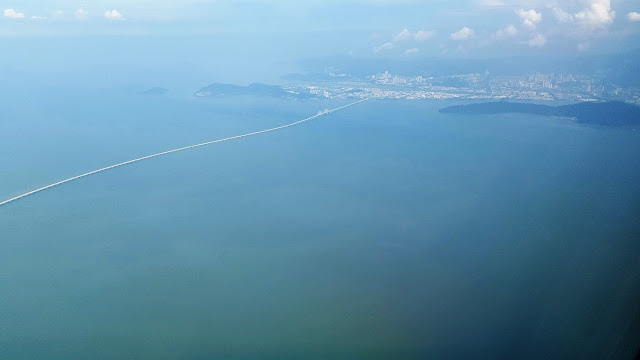In many ways, every Malaysian should read this book, especially the last third of the book, where Mr. Lee explained about the fight for independence of Singapore via merger and the formation of Malaysia (1963), and on the careful plans of independence from the Federation (1965). This is a blockbuster book of modern Singapore/Malaysia history.
Mr. Lee has in the preface state that this book is not official history, but tells the story of the Singapore he group up (British, WW2 with Japanese brutality, communist insurrection, Indonesia confrontation, communal riots and intimidation during Malaysia). With his wife Ms. Kwa, also a lawyer going through and reviewing this book, I feel that this is nothing short of an accurate journey down history.

An interesting read for me, was the struggle with the communist in the early to mid 1950s. It was definitely a blessing that Mr. Lee won the many internal and external battles against the communist underground, which was on paper, more superior and have majority of the local Chinese support. It was too easy to use Chinese education and culture as pretext to influence the population. I was surprised to read about Tan Lark Sye (陈六使), being linked to the communist and was being stripped his citizenship. He was top of Mr. Lee's wanted list in 1963, when the it was not politically suicidal to take him out. Tan remained stateless till his last days in the 70s.
Today, Tan Lark Sye is a major benefactor of chinese education in Singapore and Malaysia. He is often spoken in the same breath as people like Tan Kah Kee and Lee Kong Chian, early pioneers and contributors of chinese education during the pre-war years.
The 2 years in Malaysia between 1963-65 were tough. Mr. Lee knew that by working with the 2 Borneo states closely, he could actually mount a challenge against the alliance. Another way was to replace MCA's role in the alliance. Needless to say, MCA was fearful and was always the first to attack the PAP. The final nail on the coffin was his notion of Malaysian Malaysia in early 1965.
Mr. Lee was gracious in acknowledging his team - Goh Keng Swee (originally from Melaka), Toh Chin Chye (Taiping), Raja (Seremban), Othman Wok, etc. all signed the declaration of independence in August 1965. The negotiation for independence of Singapore (some say ejection from the Federation of Malaysia) was done in total secrecy between the the Tunku, Tun Razak, and Dr. Ismail under the nose of the British. The British would never allow Singapore to secede, as this crippled the concept of Malaysia. It also provided encouragement for Sukarno to continue his Konfrantasi, who dubbed Malaysia as a neo-colonial project. The Tunku said that he could work with Mr. Lee if they don't share the same parliament. In other words, being sovereign countries, Malaysia and Singapore will be good neighbours and help each other. The separation in 1965 definitely shook the region.
In hindsight, where we are in 2023, this looked like the correct arrangement.
It was an exhilarating read. It was something that history text books did not touch. It gave me different perspectives. There is no doubt that history is written by the victor, but you still have to take your hats off on how Mr. Lee pulled the strings and had the foresight to lead Singapore out of the Federation. Mr. Lee then wrote the 2nd volume to tell the story of a new Singapore: https://weesertan.blogspot.com/2023/03/from-third-world-to-first-singapore.html















